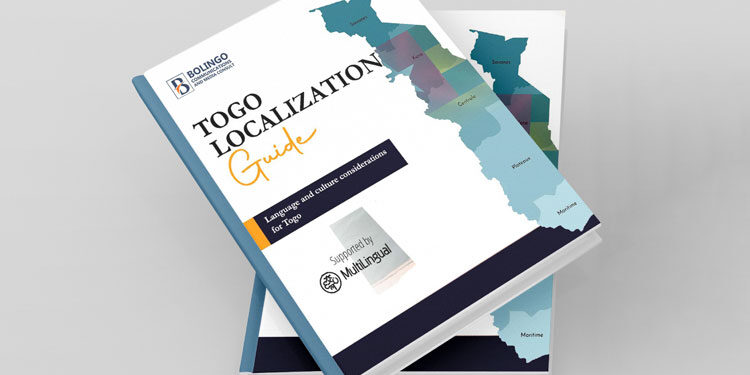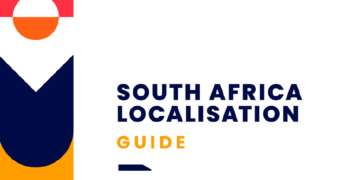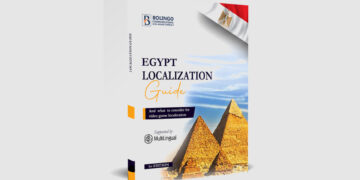Togo is a West African nation with an area of approximately 56,785 km2. It is bordered to the east by Benin, to the west by Ghana, to the north by Burkina Faso and to the south by the Atlantic Ocean. According to the World Bank, Togo’s population is approximately 8.5 million, with 57% of the population living in rural areas and 43% in urban areas, for a density of 152 inhabitants per square kilometer. Togo has its capital known as Lomé.
Languages Spoken In Togo
Togo is known for its multilingualism and its main languages are under 5 main groups:
- the Adja-Ewé (44%),
- the Kabyè-Tem (26.7%),
- the Para-Gourma (16.1%),
- the Akposso-Akébou (4%)
- the Ana-Ifé (3.3%)
The official language is French and other languages spoken are Ewé and Kabyè
Ewé
Ewé is written in the Latin alphabet with some derivatives of the international phonetic alphabet. It is one of the African languages for which much documentation is available.
The writing system of Ewé or essentially phonetic and is harmonized by the Academy of the National Ewé Language of Togo and the Ewé Language Section of the Bureau of Ghana Languages (BGL) endorsed by expert linguists and speakers of Ewe from Benin, Togo and Ghana under the aegis of the African Academy of Languages (ACALAN)
Interviews conducted with some language professionals in Togo revealed three main varieties of the Ewé language: the Western dialect, the Eastern dialect and the Northern dialect.
The Western variety includes the Ewé languages of western Togo and those of Ghana. We can mention the Ewé languages of the prefectures of Grand-Kloto, keve, and Haho in Togo, and all the Ewé languages of Ghana, notably aŋlɔgbe, ʋedomegbe, tɔŋugbe, avenɔgbe. The Ewé languages of the East are essentially Watsigbe and Gengbe. Since the German colonial period, the Ewé language has been standardized from aŋlɔgbe, which is the standard form of Ewégbè.
The northern variety is represented by Kpetsigbe and Houɖougbè. There is a standard form of this variety used in schools in Ghana as well as in Togo and Benin, as well as in Catholic and Evangelical churches. This standard form is recommended because it is codified, standardized and used in many fields, notably educational, religious and political. Many programs and projects are currently using it. It is therefore a real asset.
There are differences in the way Ewé varieties are spoken in different communities, but this does not affect intercomprehension. The differentiation observed at the level of a language is a sociolinguistic phenomenon that occurs in all languages. The difference is more lexical than grammatical and is due to the flexibility of the lexicon of any language. The difference is also tonal. But all speakers of Ewé understand each other. Below are some phonetic differences observed in two of the Ewé varieties:
Examples of phonetic differences observed between Éwégbè and Gengbè
| Gloses | Éwégbè | Gengbè |
| Terroir (land) | àƒé | àxwé |
| Propriétaire (owner) | àƒétɔ́ | àxwétɔ́ |
| cri (shout) | àƒá | àxá /apa |
The Academy of the Ewé National Language plays a leading role in keeping the language alive. Ewé is considered one of the best documented African languages. There are even documents in Ewé that help in its learning. There are printed and online glossaries and dictionaries.
Like many African languages, there are terms in French and English that do not necessarily have an equivalent translation in Ewé. Borrowing is a universal phenomenon that exists in all languages, and the Ewé language makes use of borrowings from various sources, such as English, French, etc. However, it is important to note that once integrated into the host language, the borrowed word changes its form and adapts to the morphological rules of Ewé in this case:
Some examples of borrowing in Ewé
| Bɛlɛ̃ti | belt (ang) |
| Fresɛ.. | fenster (alld) |
| Taflo | tafel (alld) |
| Klake | clerk (ang) |
| Sabulɛ | cebola (portg) |
| Sukle | sucre (frs) |
| Gosimiti | goldsmith (ang) |
| Suku | school (ang) |
| Tsitsa | teacher (ang) |
| Sumeka | shoesmaker (ang) |
Kabyè
Kabyè is another national language of Togo. It is a Gur language spoken mainly in the North of Togo. It is a language that is spoken by more than 2 million people, i.e. 26.7% of the population.
As a national language, it is promoted in the national media and offered as an optional subject in state schools.
It is a tonal language, which allows for high and low tones. These variations in musical pitch on words play a distinctive role. Many tonal processes take place once the word is placed in context.
The writing system of Kabyè is the modified Latin alphabet. There are varieties of Kabyè such as Lama, Soumdina, Pya, Kidjang, Tchitchao, Pagouda. There are significant differences in the way Kabyè is spoken between the communities where it is used. These may include differences in the pronunciation of numbers, names of objects, and so on.
As some respondents pointed out, the work of missionary-linguists, linguists, and the Kabyè Academy has resulted in the publication of numerous reference works in Kabyè. One example among many is the Tom Gbowu Kabyè dictionary. Kabyè makes use of borrowings. There is, for example, the term “car” in Kabyè which is Loriè, thus borrowed from the English “Lorry”, meaning truck.
Gender variations are a key feature of the language. Kabyè has two genders just like French, namely the masculine and the feminine only. The subject of Kabyè is gendered. That said, the translation of certain parts of the sentence such as verbs and adjectives are affected and change according to the gender of the subject. In Kabyè, nouns change according to whether they are singular or plural. The table below suggests possible variations. These variations modify the verbs.
Variations of the singular and plural in Kabyè
| Language | French | English | Kabyè |
| Singular | Mon Papa
Un Habit Une Moto Un chant Je vais Je Mange-) |
My father
A cloth A bike A song I am going… I am eating |
Mandja
Toko Kpokpo Yéndou Mowoki Montoki |
| Plural | Nos Papas
Des Habits Des Motos des chants ) Nous allons Nous mangeons |
Our father
Clothes Bikes Songs We are going… We are eating |
Nadjana
Tokona Kpokpona yédina Douwoki Touto |










